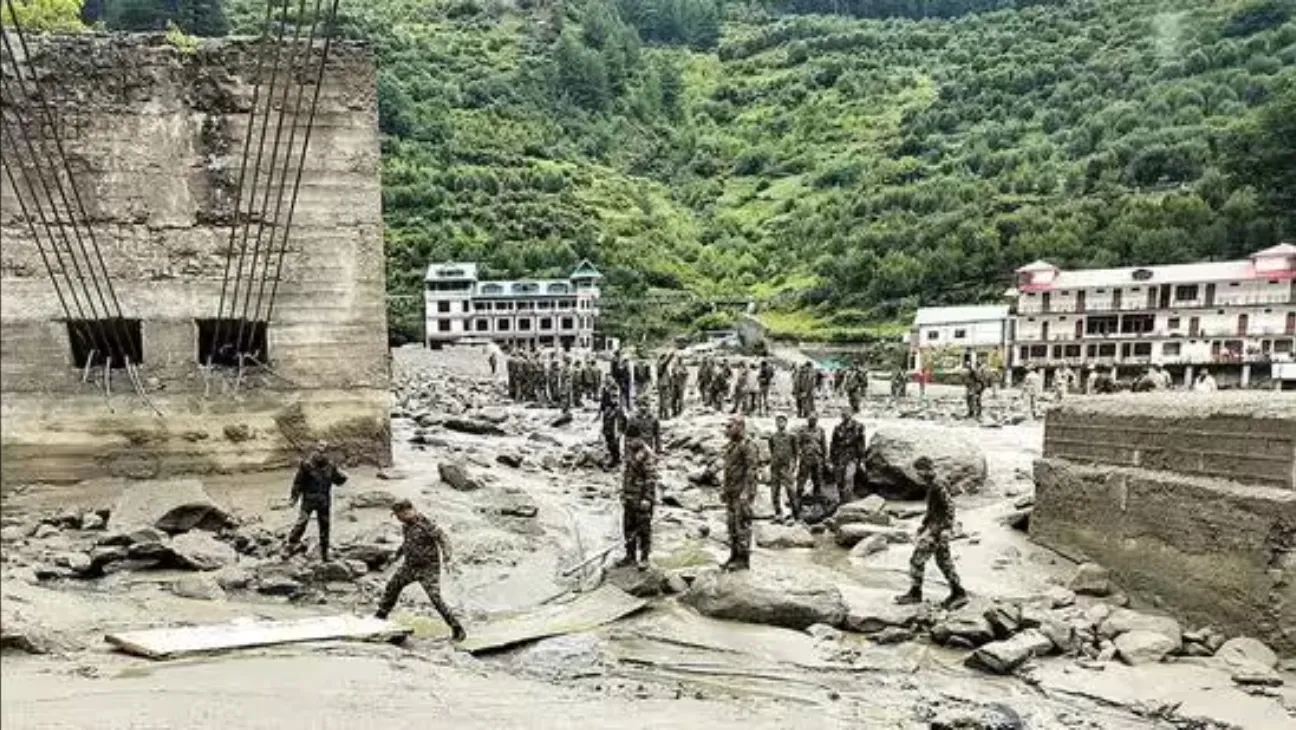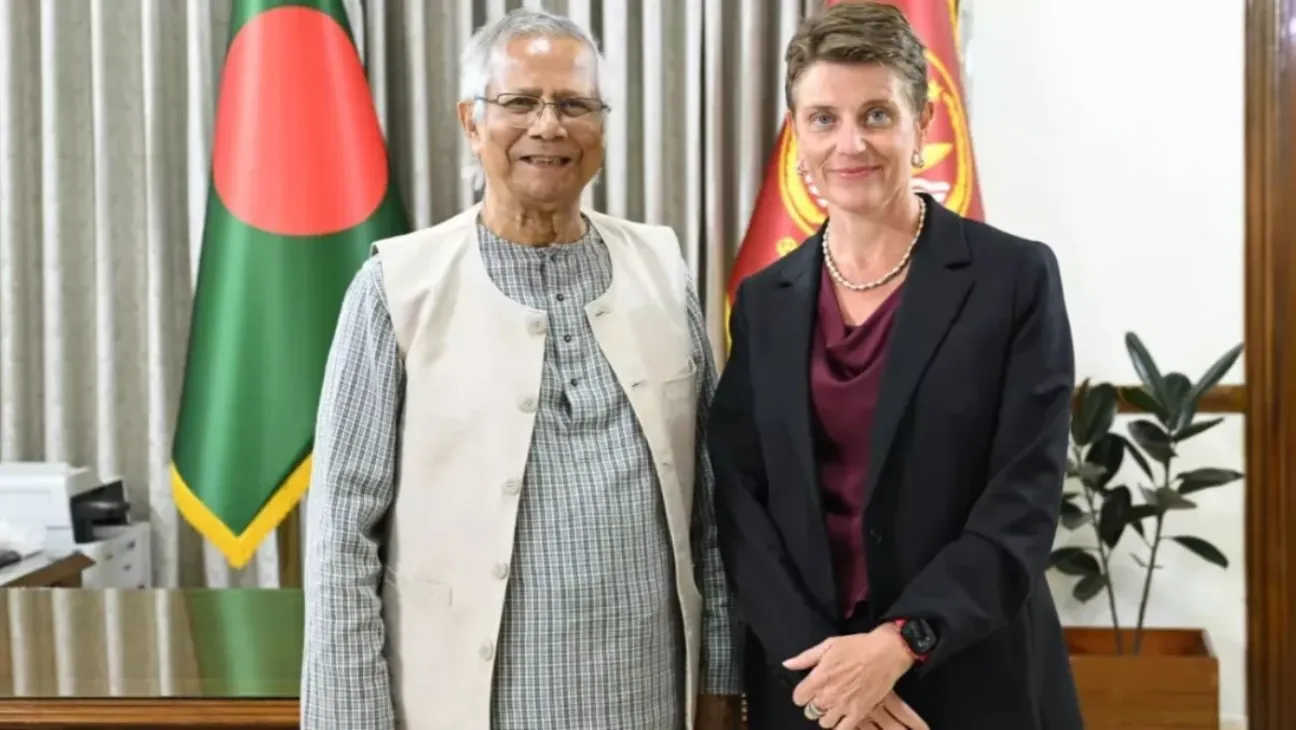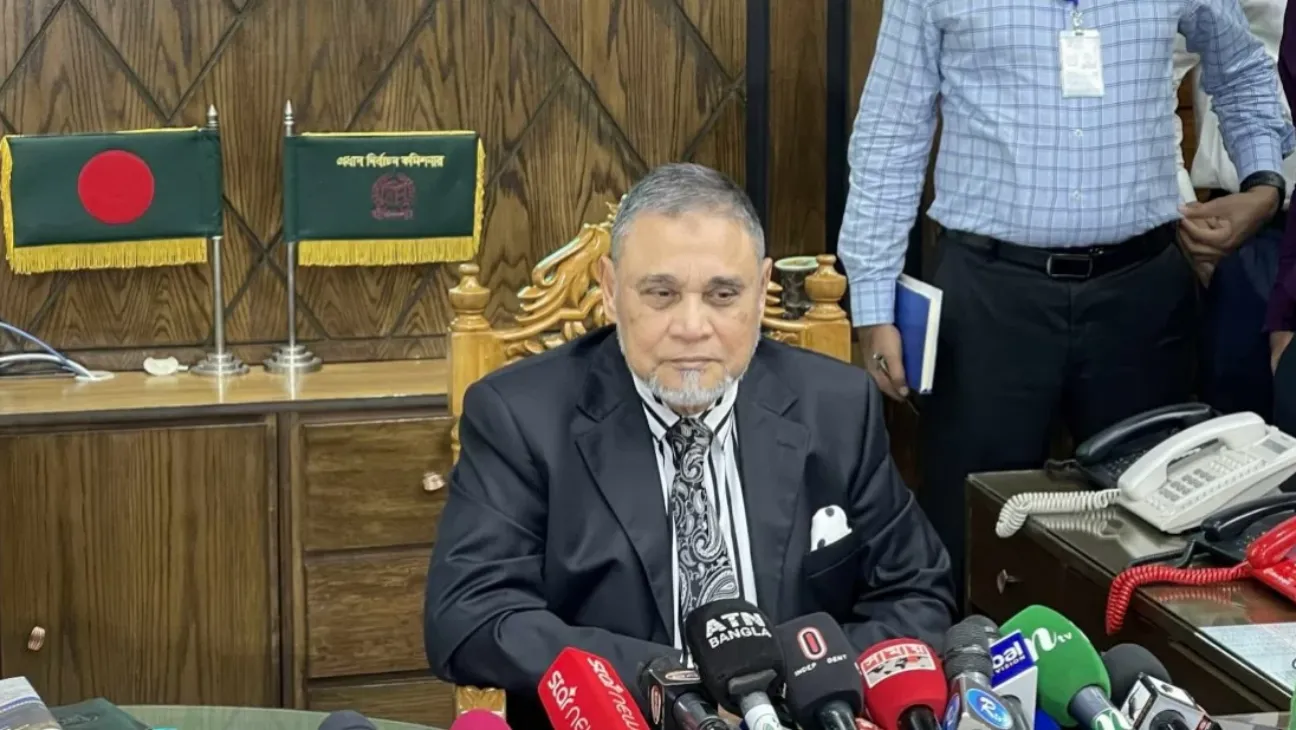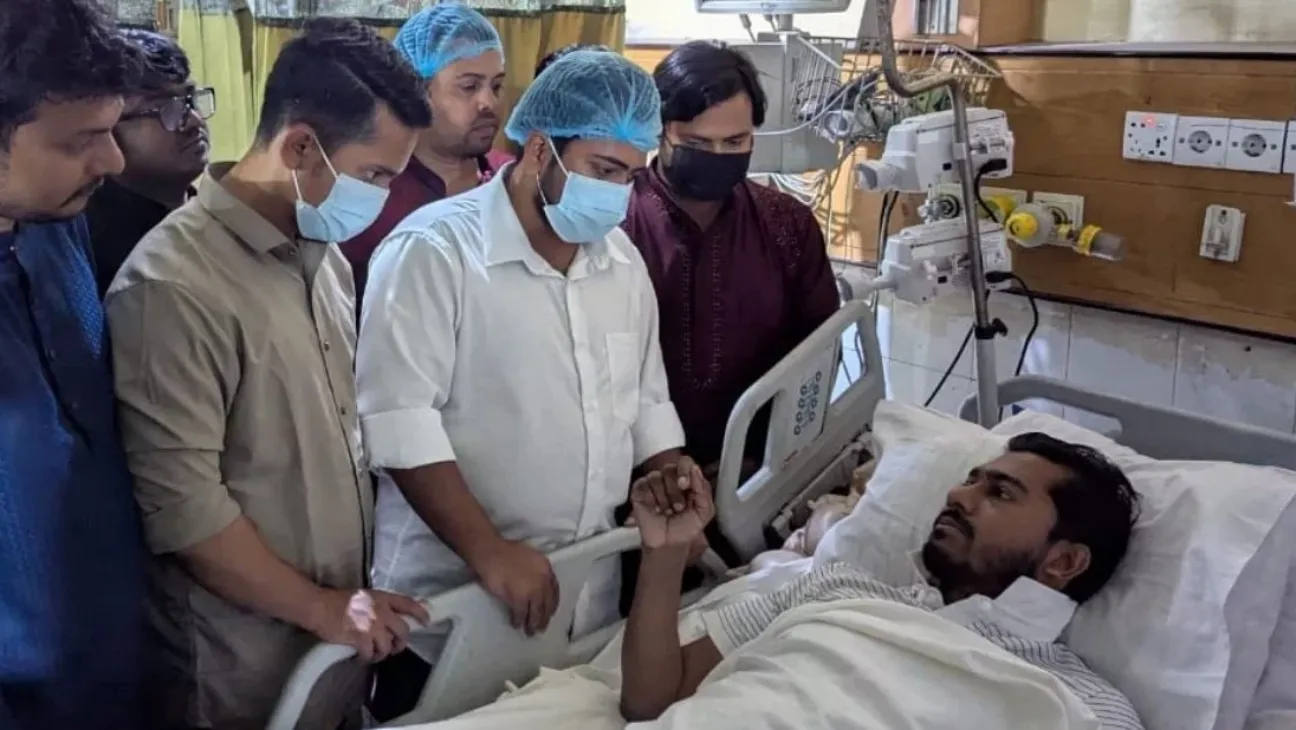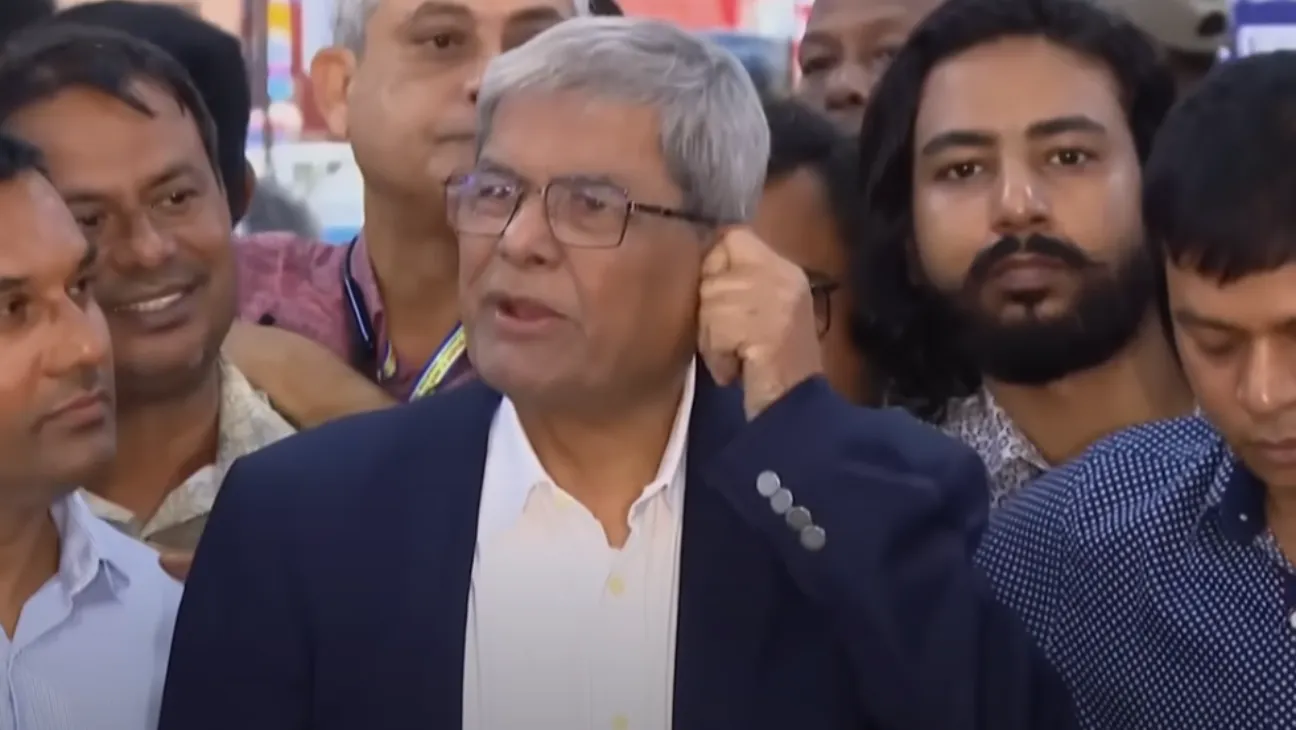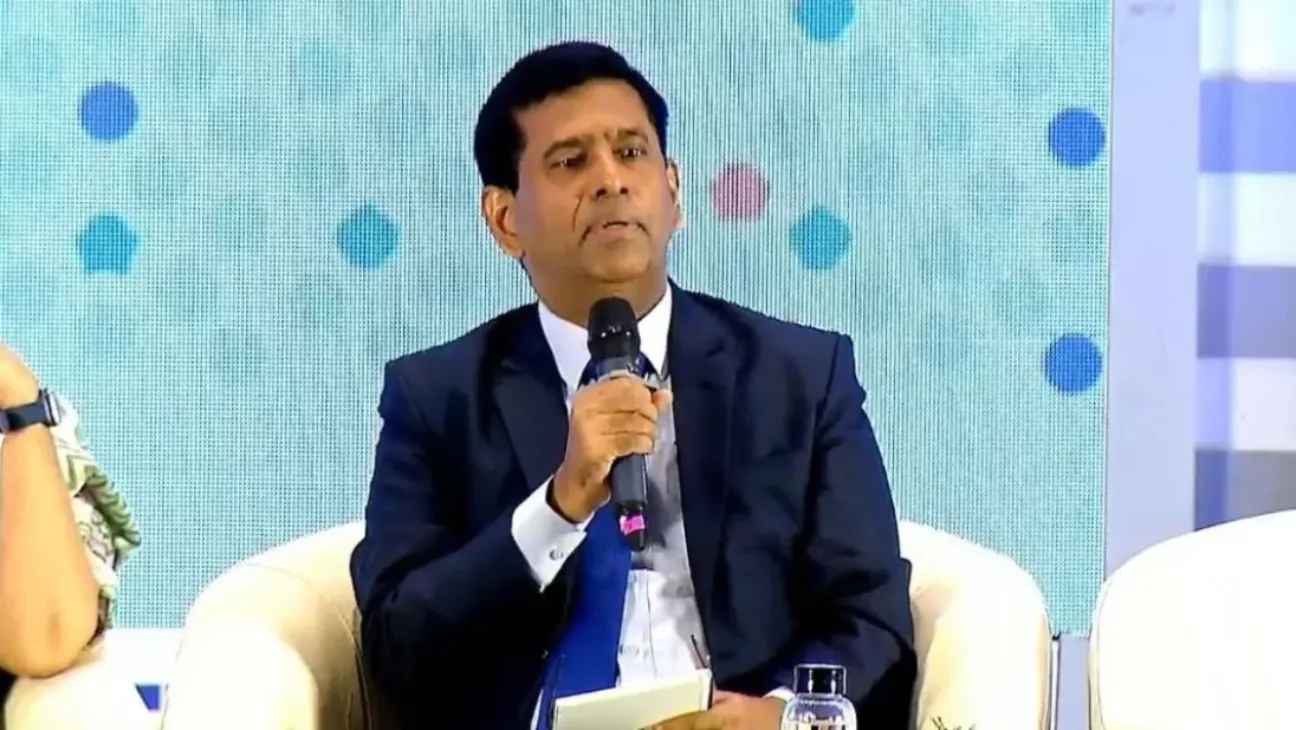They toiled through the muck and wrecked homes Wednesday in Uttarkashi, where a night of rapid flash floods crashed through several mountain villages in northern India’s Uttarakhand state, to find anyone who might still be alive.
Body of missing team member recovered, two more feared dead As rescue teams reach more inaccessible areas the number of dead is expected to rise, officials say.
Tuesday’s flooding swept away homes, bridges, and roads. The exact cause remains uncertain. Cloudbursts were originally blamed, but disaster experts have now turned their attention to a possible glacier collapse upstream.
“There are indications that a glacial snout at 6,700 meters detached recently,” said Safi Ahsan Rizvi, an advisor with India’s National Disaster Management Authority (NDMA). “Continuous rain likely loosened glacio-fluvial debris, and once it reached critical mass, it surged down with water from the Kheer Ganga.”
The villages of Dharali, Harsil, and Sukki were hit hardest. Around 190 people have been rescued so far, including 11 army personnel.
“The injured army personnel have been airlifted to Dehradun,” said Arpan Yaduvanshi, a senior officer with the State Disaster Response Force (SDRF).
Relatives could only wait for news in fearful silence. Among the missing are his brother, sister-in-law and three-year-old nephew, Rakesh Panwar, who lives in Uttarkashi town, said.
Immediately after the cloudburst, I received a call from my brother,” he told. “He was in shock. He told me, ‘Nothing is left. Unable to avert deluge, Mukesh, Vijeta and Anik fared no better. ”
The aftermath is brutal. Street-level photos suggest whole houses are submerged in mud. They are similar to cars and power poles mired in the swamp. Many rivers have been swollen and are rushing down complete with debris like Kheer Ganga and Bhagirathi.
New Delhi: Uttarakhand is expected to experience isolated heavy to very heavy rainfall during the next 24 hours days, said India Meteorological Department (IMD) on Monday.
Thereafter, the country will see the easing of rainfall, while moderate rain may continue over the western Himalayas during the week.
Access to some areas remains nearly impossible. A 100-meter stretch of road near Bhatwari collapsed, and a bridge at Limchagad was washed away. That cut off the shortest route to the disaster zone.
Over 100 laborers and six Border Roads Organisation (BRO) officials are trying to rebuild the access. Temporary rope bridges and footbridges are being set up to deliver food and medical supplies.
Personnel from the Indian Army, Indo-Tibetan Border Police, BRO, SDRF, and local police are working on the ground. Relief materials have been airdropped in the most cut-off zones.
Uttarakhand Chief Minister Pushkar Singh Dhami visited Dharali village to assess the damage.
“The state government stands with the people of Dharali,” he said. “Our priority is to get relief to every affected person and bring back normal life.”
Also, officials were at 24×7 emergency mode from the State Emergency Operations Centre in Dehradun, he said. Dhami had noticed that Prime Minister Narendra Modi also spoke to him earlier in the day to review relief works.
This behaviour of the suspected glacier collapse is similar to what happened in a tragedy before. More than 200 workers were killed in a 2021 glacial disaster in Chamoli district where a hydropower project site was located. At well over 3000 years ago, that event was also related to a breaking glacier and landslide, which sent debris into the river valleys, destroying everything in its path.
Whether this week’s disaster turns out to be similar in cause is still under investigation. But the scenes from Uttarkashi are grim reminders of the fragile balance in the Himalayan region — and how quickly it can tip.

